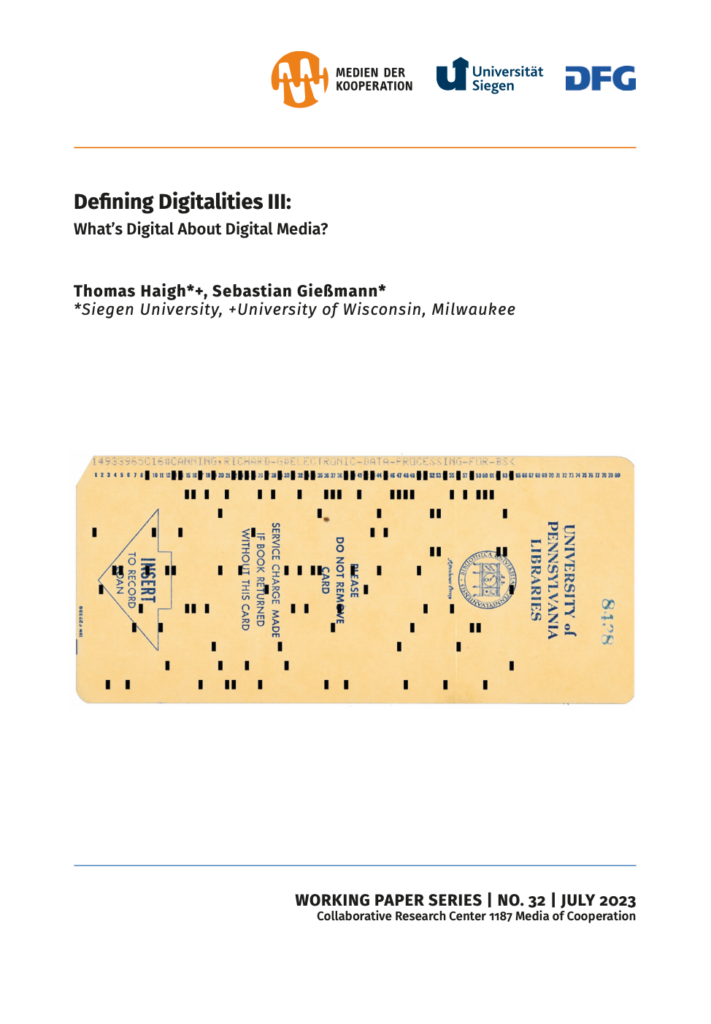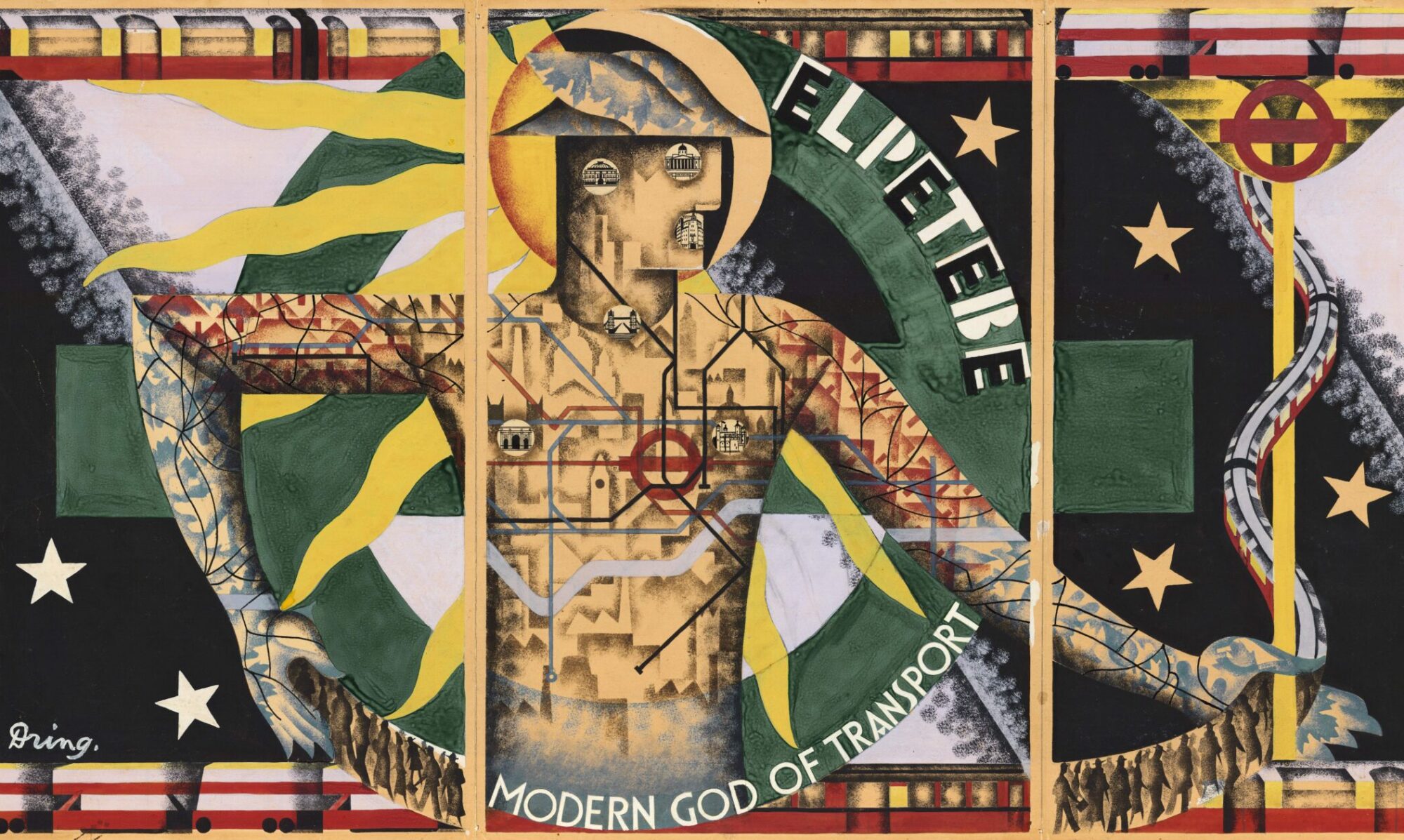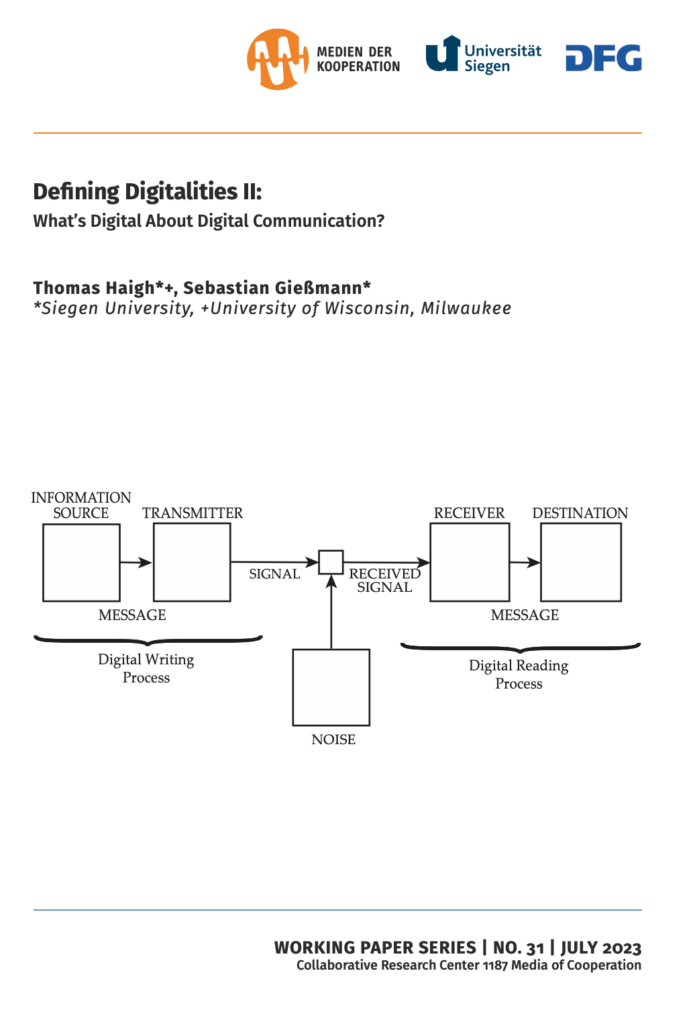 In this working paper we explore an alternative thread in the early development of media and medium as concepts: the origins of the idea of the storage medium in digital computing practices and communities of the 1940s and 1950s. While such practices were obscure at the time, they laid the technological foundation for today’s range of digital media. We discuss digitality as a feature of the practices used to read and write symbols from a medium, not a physical property of the medium itself.
In this working paper we explore an alternative thread in the early development of media and medium as concepts: the origins of the idea of the storage medium in digital computing practices and communities of the 1940s and 1950s. While such practices were obscure at the time, they laid the technological foundation for today’s range of digital media. We discuss digitality as a feature of the practices used to read and write symbols from a medium, not a physical property of the medium itself.
We then move on to a discussion of the alphabet as itself digital, grounded in the work of Nelson Goodman. Engaging with the contributions of Matthew Kirschenbaum, we explore the limited interchangeability of representations between different encodings of the same symbols, connecting the purported immateriality of digitality to this actual fungibility of material representations.
This is a draft chapter of a book on “Defining Digitalities.” Comments are highly welcome!

